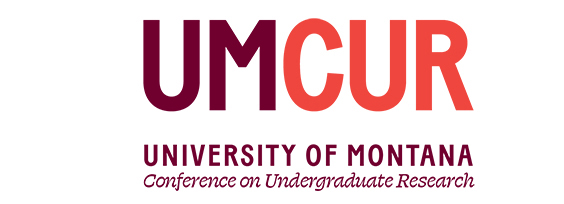Oral Presentations
Project Type
Presentation
Faculty Mentor’s Full Name
Cara Nelson
Faculty Mentor’s Department
Ecosystem and Conservation Science
Abstract / Artist's Statement
Although wildfire is a natural process in fire-adapted forests, it poses growing socioeconomic and health threats. Urban development and expansion into the wildland-urban interface (WUI) has heightened wildfire exposure, putting tens of thousands of homes at risk in Montana alone. The Firewise USA program was created to reduce the risk of home ignition and loss in the WUI. The program encourages WUI homeowners to engage in mitigation efforts such as using Firewise landscaping strategies to create a defensible zone around their homes and using building materials that decrease overall ignition risk. Despite strong evidence that Firewise mitigation strategies are effective, there is a lack of knowledge about the best methods for educating homeowners about Firewise strategies and the factors preventing homeowner adoption of Firewise behaviors. We assessed homeowners’ interest in opportunities to learn about Firewise landscaping and their knowledge and usage of Firewise strategies through a social survey administered to neighborhood council leaders located in the WUI in Missoula, Montana. All defensible space activities had an average perception of being either moderately or extremely effective by respondents. The two most commonly done defensible space activities among respondents were cleaning roof surfaces or gutters at 79% and removing dead limbs, leaves, or other debris within 100 feet of the residence at 76% of total responses. The most preferred method of education was information distribution via email at 24% of total selections, followed by tours of the Firewise garden at the University of Montana (22%) and educational programs or videos (20%). Our findings can contribute to the development of Firewise education and awareness programs in Missoula County.
Category
Life Sciences
Firewise Landscaping: Homeowner Knowledge, Behaviors and Educational Preferences
UC 331
Although wildfire is a natural process in fire-adapted forests, it poses growing socioeconomic and health threats. Urban development and expansion into the wildland-urban interface (WUI) has heightened wildfire exposure, putting tens of thousands of homes at risk in Montana alone. The Firewise USA program was created to reduce the risk of home ignition and loss in the WUI. The program encourages WUI homeowners to engage in mitigation efforts such as using Firewise landscaping strategies to create a defensible zone around their homes and using building materials that decrease overall ignition risk. Despite strong evidence that Firewise mitigation strategies are effective, there is a lack of knowledge about the best methods for educating homeowners about Firewise strategies and the factors preventing homeowner adoption of Firewise behaviors. We assessed homeowners’ interest in opportunities to learn about Firewise landscaping and their knowledge and usage of Firewise strategies through a social survey administered to neighborhood council leaders located in the WUI in Missoula, Montana. All defensible space activities had an average perception of being either moderately or extremely effective by respondents. The two most commonly done defensible space activities among respondents were cleaning roof surfaces or gutters at 79% and removing dead limbs, leaves, or other debris within 100 feet of the residence at 76% of total responses. The most preferred method of education was information distribution via email at 24% of total selections, followed by tours of the Firewise garden at the University of Montana (22%) and educational programs or videos (20%). Our findings can contribute to the development of Firewise education and awareness programs in Missoula County.
